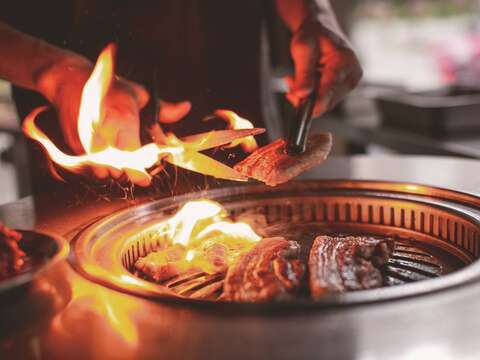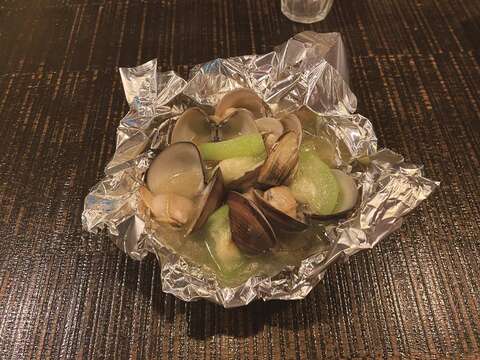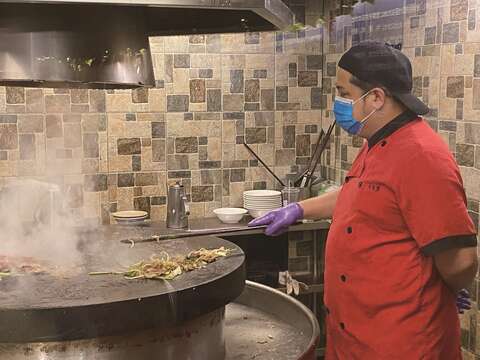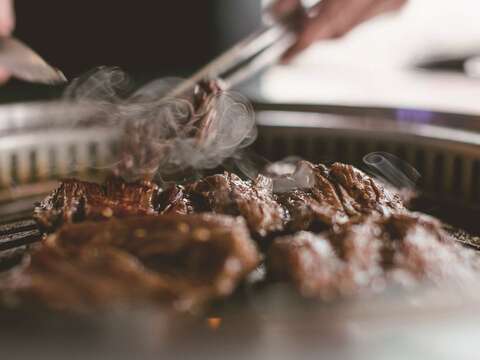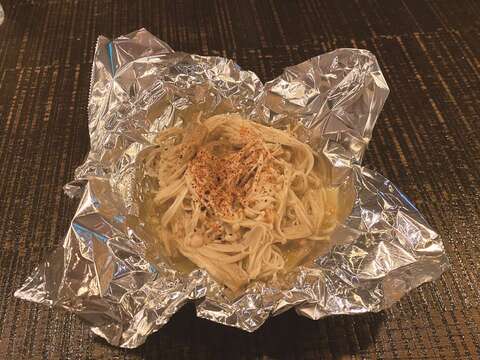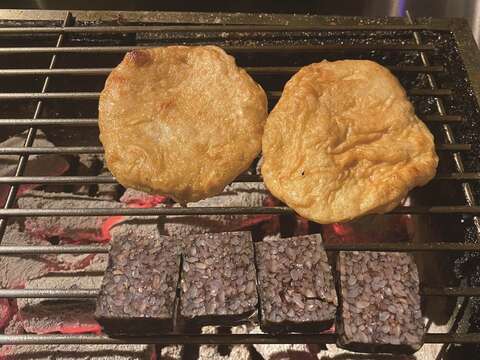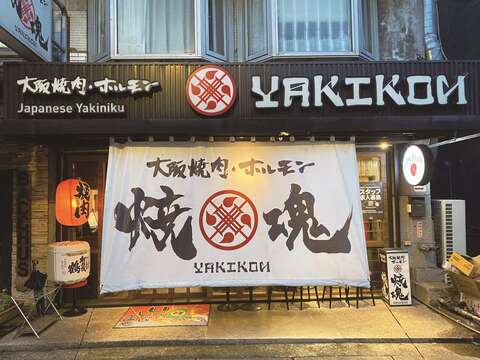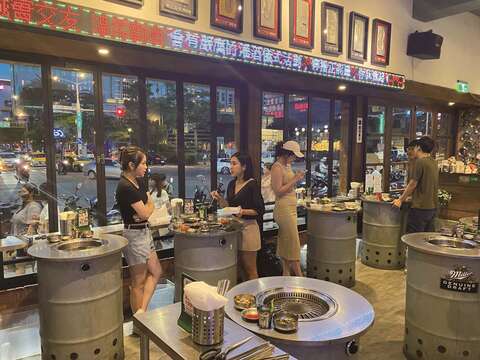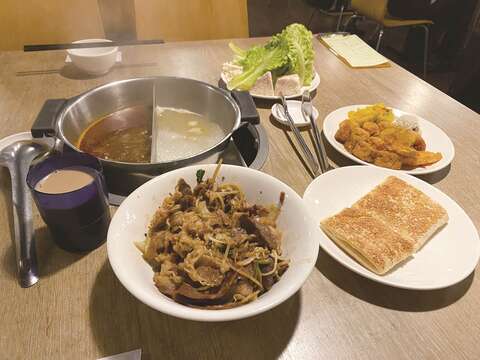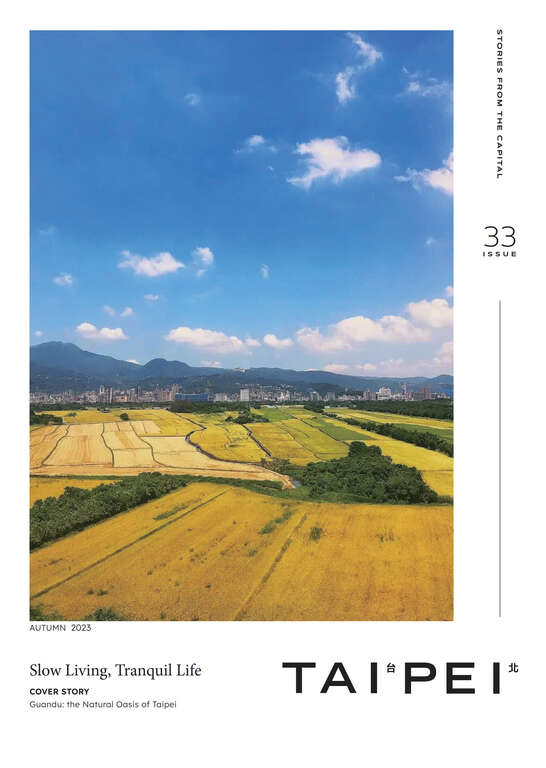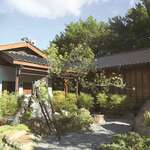Post date:2023-09-11
1922
The Autumn Feast in Taipei: Three Kinds of Barbecue Places and How To Do It Yourself
Author Kuan-Yuan Chu
Photographer Stand-up bbq, Kuan-Yuan Chu
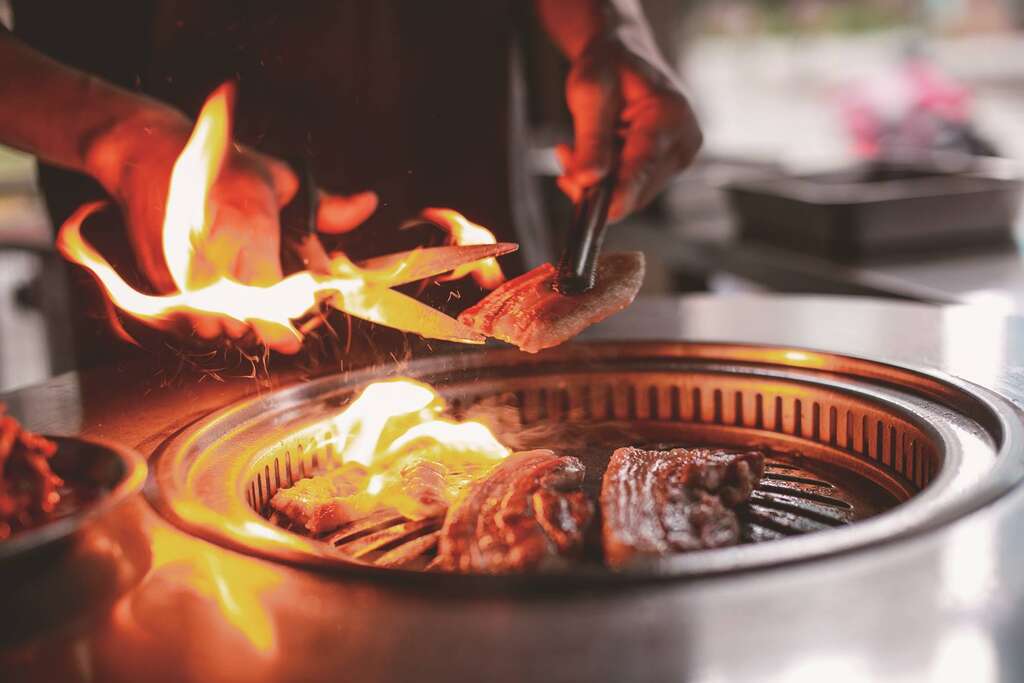 ▲People often use scissors to cut into the meat when grilling to judge whether the meat is done or not. (Photo・Stand-up BBQ)
▲People often use scissors to cut into the meat when grilling to judge whether the meat is done or not. (Photo・Stand-up BBQ)When autumn arrives, barbecue with loved ones while watching the full moon during the Mid-Autumn festival has long been a must-do for people in Taipei.
There are various theories regarding the start of this trend, such as the influence of ubiquitous advertisements of barbecue sauces that first aired in the 1970s, or the widespread sales of barbecue grills to local people due to the manufacturers’ failure to export them overseas.
No matter what is behind this unique phenomenon, having a barbecue with loved ones is one thing Taiwanese people of all walks of life can agree on.
As an international, cosmopolitan city, barbecue from a variety of cultures can be spotted throughout Taipei. In this article, we introduce three distinct styles. Additionally, tips and recipes for handmaking barbecue are also included so you too can enjoy the process of making a festival feast.
Mongolian Barbecue —
Dagebi Mongolian Barbecue (大戈壁蒙古烤肉)
Described by CNN as one of the world’s best kinds of barbecues in 2017, it can be confusing that Mongolian barbecue was actually invented in Taiwan, and the way it is cooked is distinct from many other kinds of grilled barbecues.
It is said the first Mongolian barbecue stand was opened in 1951 by Wu Zhaonan (吳兆南), a crosstalk artist known for performing the traditional Chinese comedy. Interestingly, this cuisine is only loosely related to Mongolia. Wu was actually inspired by the barbecue style of his hometown, Beijing, and thus wished to call it “Beijing barbecue.” However, due to the political sensitivity surrounding China’s capital, Wu named it “Mongolian barbecue” instead.
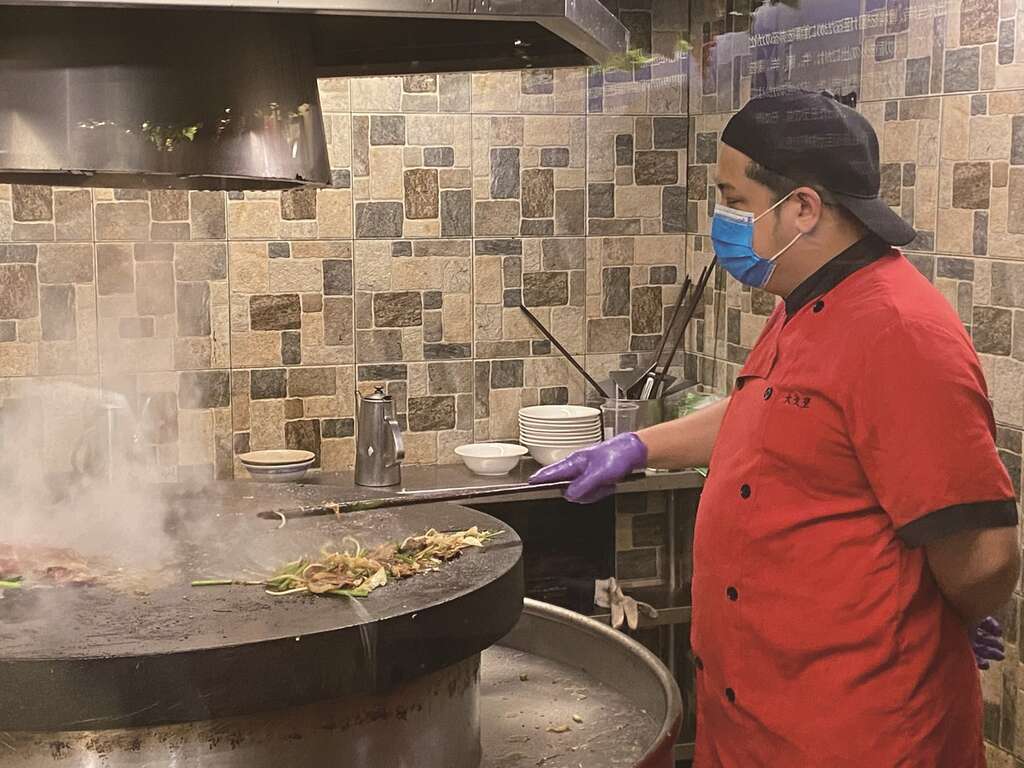 ▲Unlike other kinds of barbecue, the Mongolian version is cooked on a large, flat metal surface.
▲Unlike other kinds of barbecue, the Mongolian version is cooked on a large, flat metal surface.Mongolian barbecue is actually similar to Chinese stir-fry and Japanese teppanyaki, the two cooking styles that it is believed to be influenced by. It is cooked on a circular flat metal surface, while the chefs quickly use their wooden chopsticks to stir fry sliced meat, vegetables and sauces.
Dagebi is an institution standing in the center of Taipei, serving Mongolian barbecue in a way that customers can appreciate the chefs’ refined skills. The chefs elegantly move their chopsticks on the trademark metal surface, creating a scene that brings satisfaction even before the appetizing aromas waft into the air.
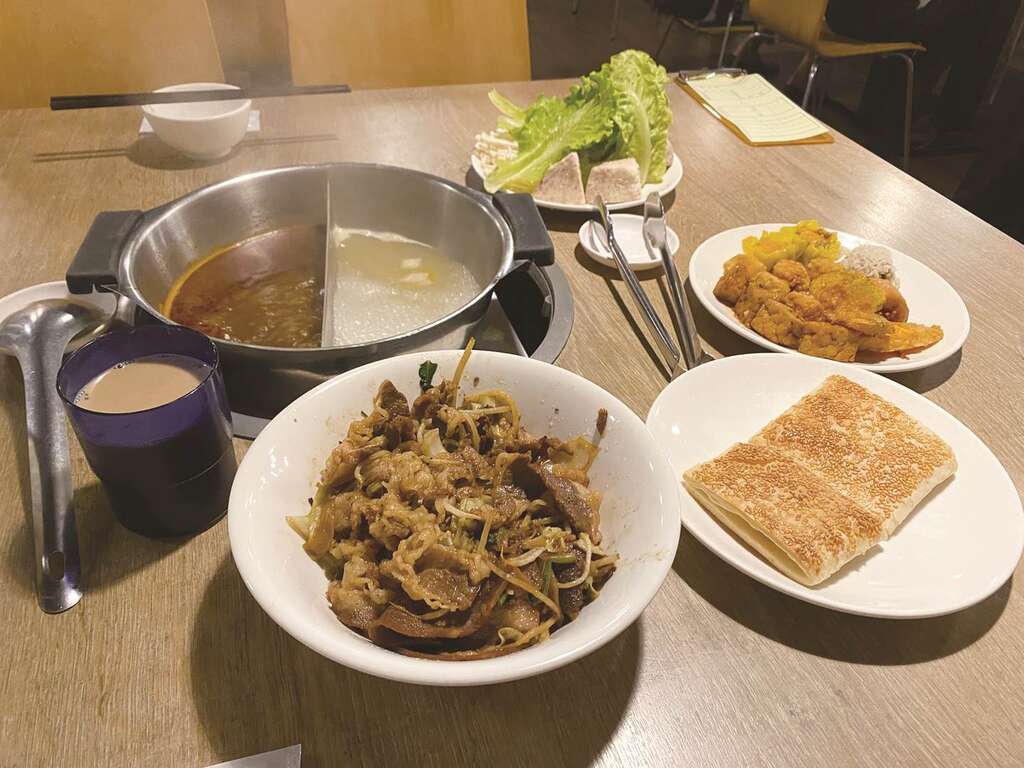 ▲The “Taiwanese” Mongolian barbecue in Dagebi is a must-have in Taipei.
▲The “Taiwanese” Mongolian barbecue in Dagebi is a must-have in Taipei.If you are dazzled by the variety of ingredients, the restaurant recommends an easy recipe for everyone: one spoon of all sauces, or simply go with their special sauce whose recipe is a chef’s exclusive. Mongolian barbecue offers a selection of meats including beef, chicken, pork, pork belly, and lamb. There’s also a variety of ingredients for customization, such as noodles, scallions, onions, greens, tofu, bean sprouts, enoki mushrooms, carrots, pickled tomatoes, and more.
Japanese Barbecue —
Yakikon Japanese Yakinku (大阪燒肉燒魂)
When it comes to Japanese barbecue, the Tiaotong (條通) area near Section 1, Zhongshan North Road (中山北路一段) surely has plenty to provide, as it is one of the most popular places for Japanese people in Taipei.
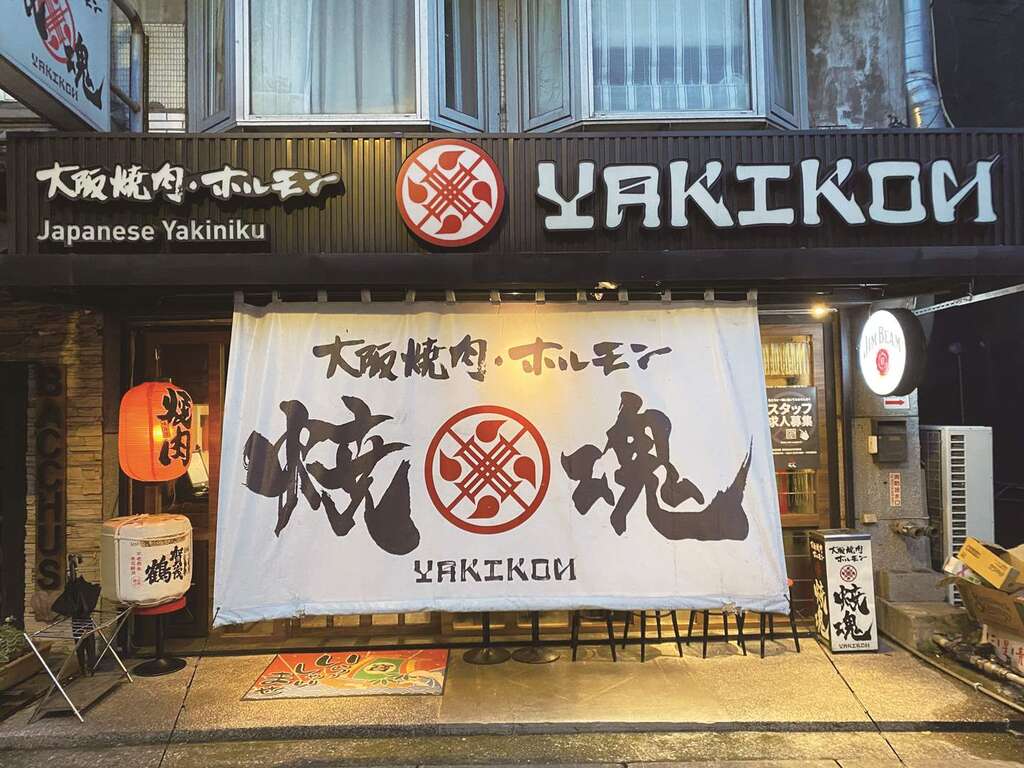
Established by the Japanese founder Miyazawa Hirotake (宮澤寬竹), Yakikon Japanese Yakinku provides customers with an authentic Japanese dining environment. The decorations and atmosphere are delightful, while the hospitality of the staff, with their loud, energetic welcome, draws people into a heartwarming experience around the flaming grills.
Amongst their main serving which is beef, one of their signatures, harami (diaphragm) with spring onions, is highly recommended. The harami are roasted to a stage wherein the outside is crispy while the inside is medium-cooked. Then, a generous portion of spring onions is spread on the meat. The tender meat compliments the spring onions which in turn keep the dish from taking on an overly oily texture.
The ribs-in-pot is especially satisfying and delicious as well. The ribs are seasoned with miso, thus endowed with a wonderfully sweet taste after being cooked to medium-well.
As an Osaka-style Japanese barbecue joint, the variety of beef organs is also an advantage that makes Yakikon Japanese Yakinku stand out from the crowd. The artery and the superior stomach (the first stomach) of the cow are really unique and tasty here. Both provide a strong taste of beef, while the artery is crisp and the stomach is pleasantly chewy.
Korean Barbecue —
Stand-Up BBQ (新村站著吃烤肉)
As the first branch of the landmark Seoul-based BBQ restaurant Yeonnam Seo Sikdang, Stand-up BBQ guarantees to bring customers a taste of the Korean tradition’s iconic standing barbecue over an oil barrel grill.
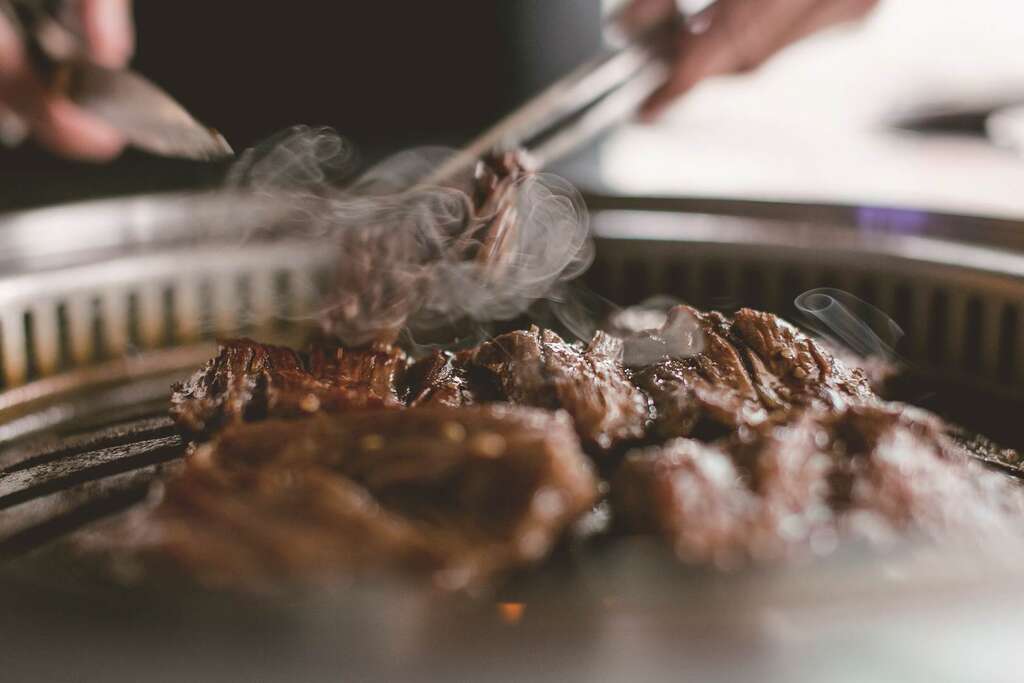
In the vibrant restaurant, a variety of side dishes are placed in the Korean convenience store-style refrigerator, adding a scene of Korean daily life to the dining experience. Kimchi and seaweed are recommended, while rice, lettuce and seaweed sheets are also fine compliments to balance the oily meal.
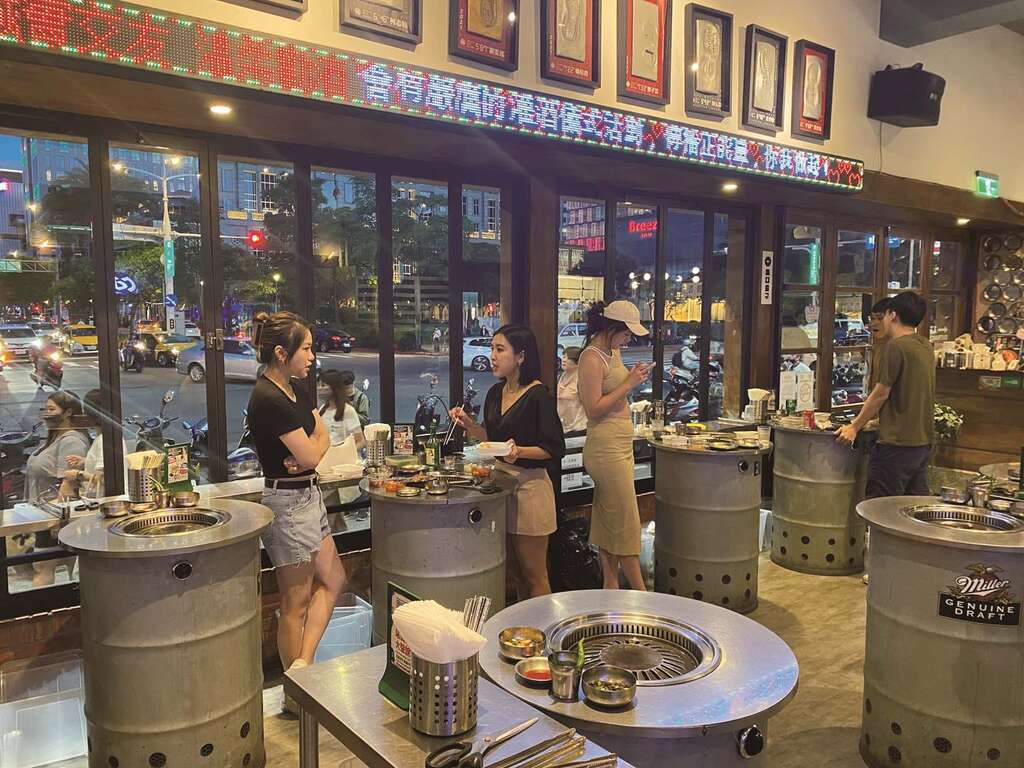
Their recommended dish is the beef hanging tender, imported from the same Australian ranch as it is in the original Korean restaurant. After being marinated in their own authentic Korean barbecue sauce, the hanging tender is roasted on the oil barrel grill. The marinating process also adds some Korean-style sweet and salty flavor to it. It’s just plain tasty, hands down.
The Iberian pork is also a must-try. Different from the beef, the pork is not marinated, and salt is provided instead.
The cheerful atmosphere, the Korean dishes, the popular soju that comes in many flavours, and the vibrant drinking events have helped this 70-year-old Korean landmark thrive in Taipei.
Taiwanese Barbecue — Do It Yourself
Setting up your own grills and having a Taiwanese barbecue is also a popular choice in Taipei. Zack Lin, owner and professional barbecue chef of grill bar Mouba (夢婆炭火小酒館) shares some tips regarding DIY barbecue.
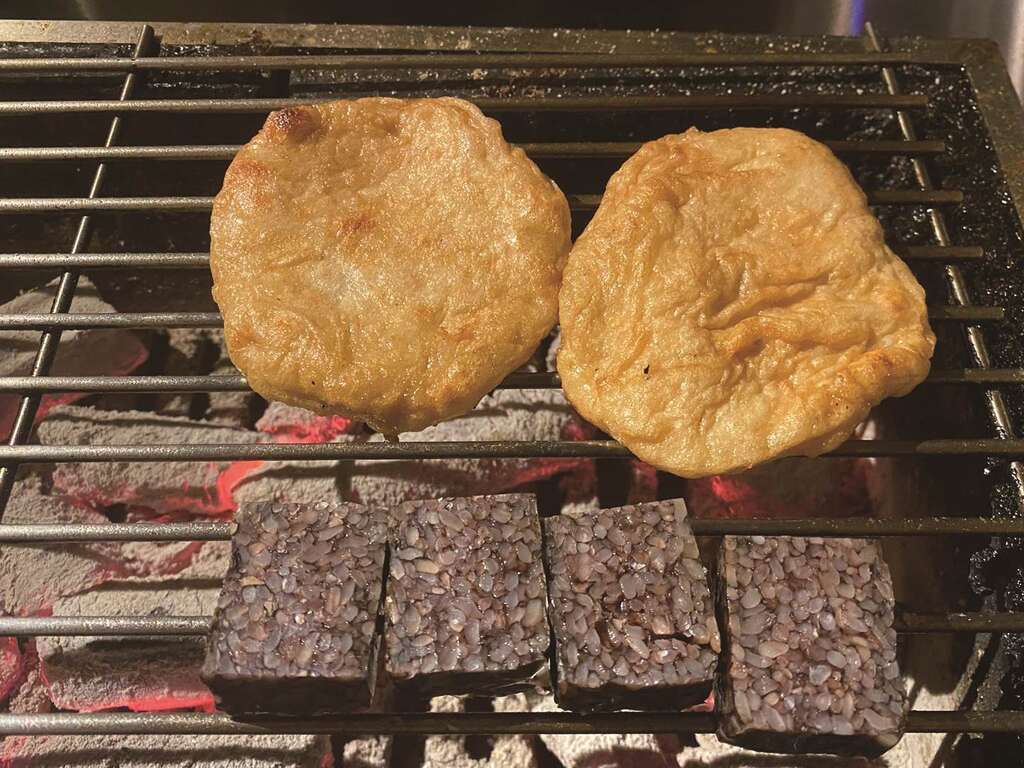
Prep Work
When it comes to DIY barbecue, how to make a proper fire under the grill is a task that requires special skill.
A simple DIY grill and charcoal can be bought at any chain supermarket. Beside the traditional lighter and tinder, Zack also recommends a blowtorch as it is especially handy when making a fire.
The charcoal should be put beneath the grill with a size of around 3 × 8 to 10 centimeters, and they should be placed into the shape of a tower and layered as one would when playing a game of Jenga. This way, the oxygen can get through the tower while the heat will spread evenly.
The charcoal should be heated until it turns red. After the base of the tower turns red, it should be broken down evenly so the burning charcoal can spread the heat to the rest of the pieces.
During the Barbecue
Here Zack provides one interesting way to determine the heat degree of the grill. Simply put your palm 10 centimeters above it and see how long you can endure. If you can stand it for three seconds, the grill has a strong heat. If you are able to put your palm above it for five to seven seconds, this indicates a medium heat, while ten seconds is a low heat. To regulate the heat, take some burning red charcoal out of the grill or slowly, slightly water it. Then, according to your needs, put in more burning charcoal to raise the heat.
For grilling meat, a strong heat is recommended. To barbecue a perfect slice of beef, the tip is mainly grilling one side without turning it. When the upward facing side is full of juice, then turn the meat to the other side with just a slight touch of heat, and the beef is ready to eat!
Medium and small heat is great for some ingredients that are unique to Taiwanese barbecue like Tempura (甜不辣) or pig’s blood cake (豬血糕). A stick can be used here to see if they are ready to eat. Poke the stick in to feel the texture. When the outside is crisp and the inside is soft, it is set to enjoy. Remember to use some Taiwanese barbecue sauce while grilling!
🍢Barbecue Joints in Taipei Riverside Park
Butter golden needle mushroom (奶油金針菇) Ingredients: Golden needle mushroom, butter, black pepper, salt, garlic and other preferred spices.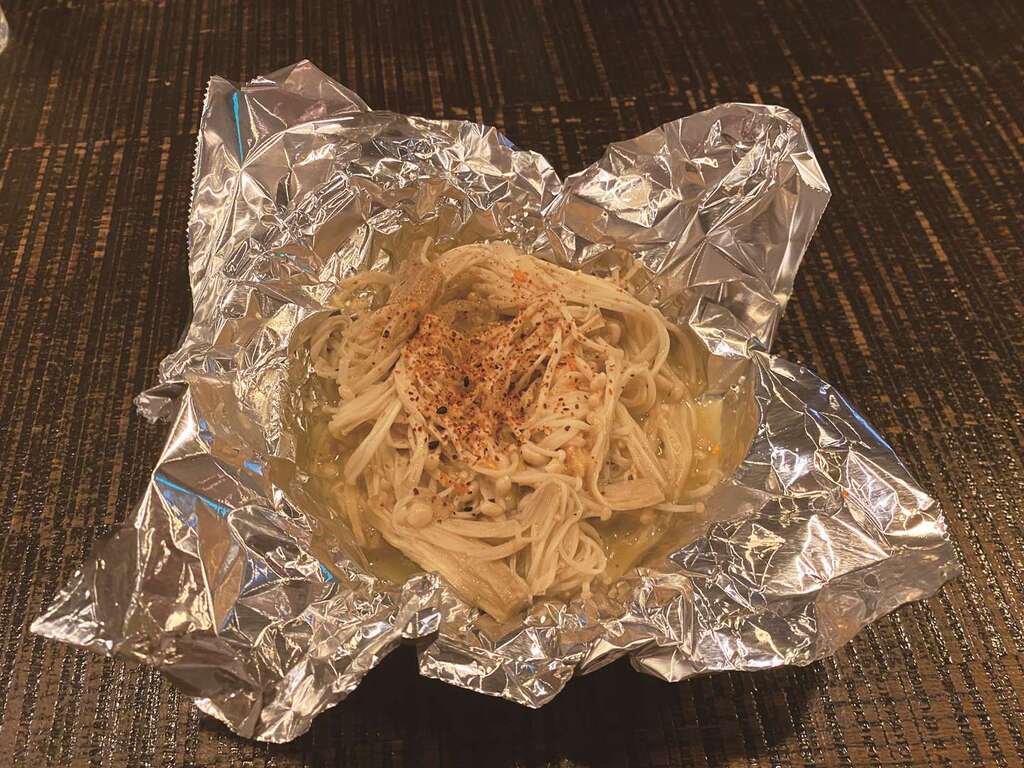
|
Clam Luffa (蛤蜊絲瓜) Ingredients: Luffa, clams, beer (or other alcohol), salt and other seafood if preferred.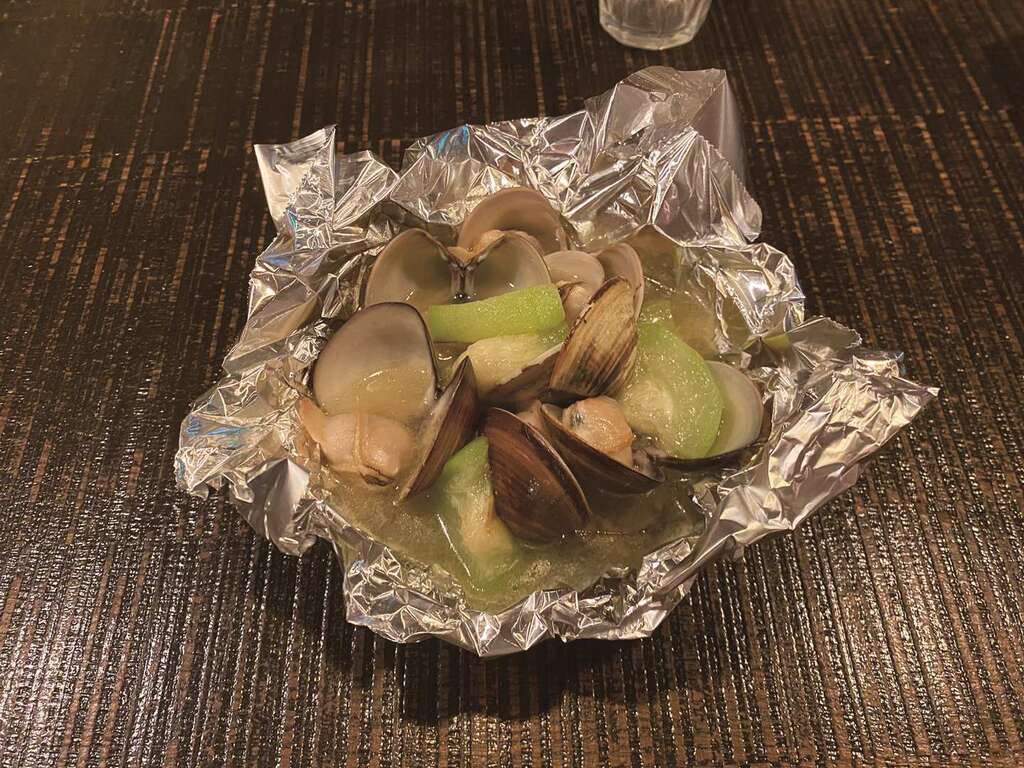
|
Dagebi 大戈壁蒙古烤肉 |
🍷Excessive drinking is hazardous to your health.
Gallery
Popular articles
 Guandu: the Natural Oasis of Taipei (TAIPEI Quarterly 2023 Autumn Vol.33)
Guandu: the Natural Oasis of Taipei (TAIPEI Quarterly 2023 Autumn Vol.33) TAIPEI Quarterly 2023 Autumn Vol.33
TAIPEI Quarterly 2023 Autumn Vol.33 Eastern District + Xinyi District Taipei's East, Internationalized Gallery of Architectural Masterworks (TAIPEI Quarterly 2023 Autumn Vol.33)
Eastern District + Xinyi District Taipei's East, Internationalized Gallery of Architectural Masterworks (TAIPEI Quarterly 2023 Autumn Vol.33) Guting: Leisure in Southern Taipei (TAIPEI Quarterly 2023 Autumn Vol.33)
Guting: Leisure in Southern Taipei (TAIPEI Quarterly 2023 Autumn Vol.33) The Beauty of Sacred Spaces ― A Taipei Church Tour (TAIPEI Quarterly 2023 Autumn Vol.33)
The Beauty of Sacred Spaces ― A Taipei Church Tour (TAIPEI Quarterly 2023 Autumn Vol.33) Tracing Taipei's Calligraphy Then and Now: Chu Chen-Nan's Artistic Journey and Insights (TAIPEI Quarterly 2023 Autumn Vol.33)
Tracing Taipei's Calligraphy Then and Now: Chu Chen-Nan's Artistic Journey and Insights (TAIPEI Quarterly 2023 Autumn Vol.33)
 The Autumn Feast in Taipei: Three Kinds of Barbecue Places and How To Do It Yourself (TAIPEI Quarterly 2023 Autumn Vol.33)
The Autumn Feast in Taipei: Three Kinds of Barbecue Places and How To Do It Yourself (TAIPEI Quarterly 2023 Autumn Vol.33)